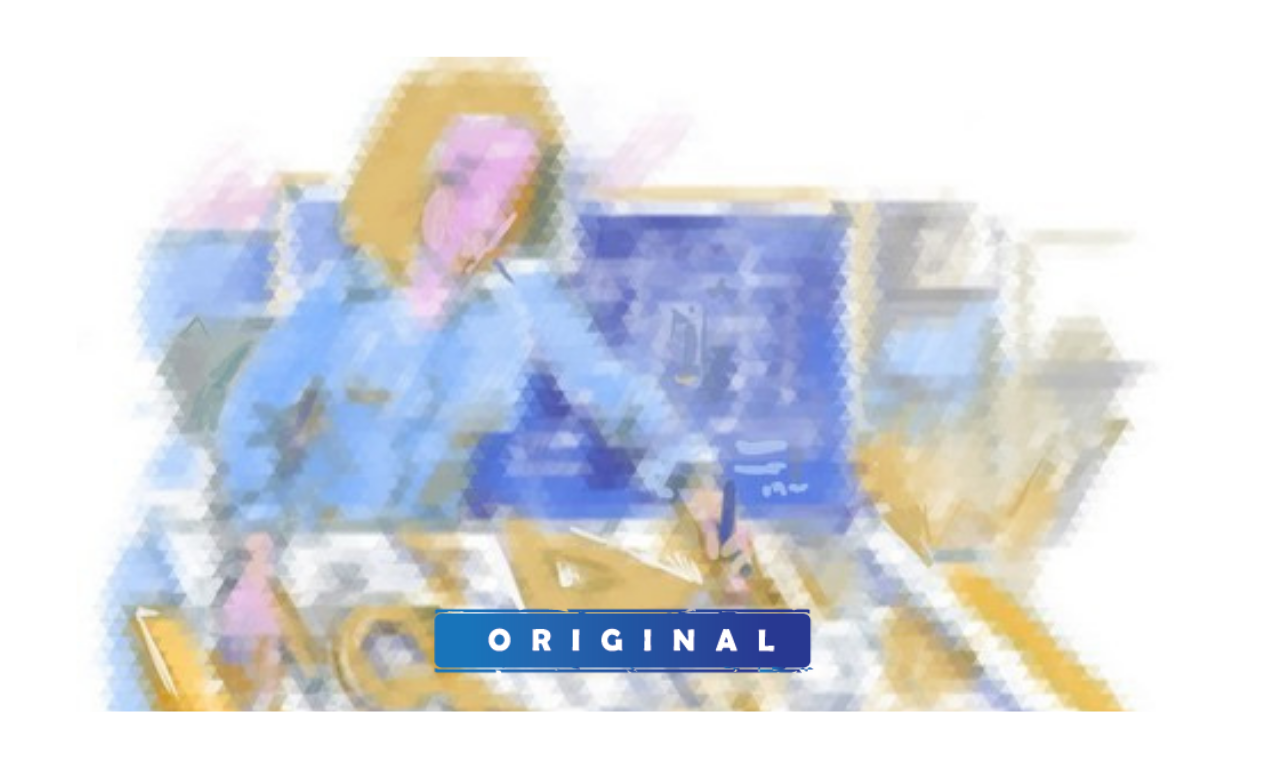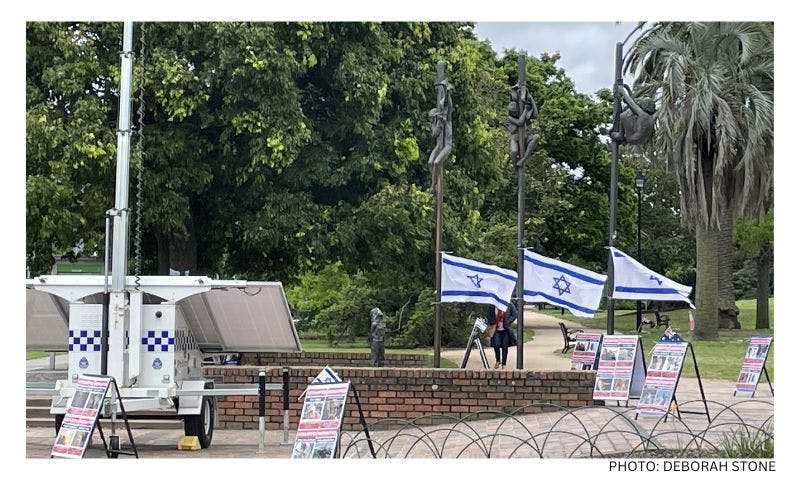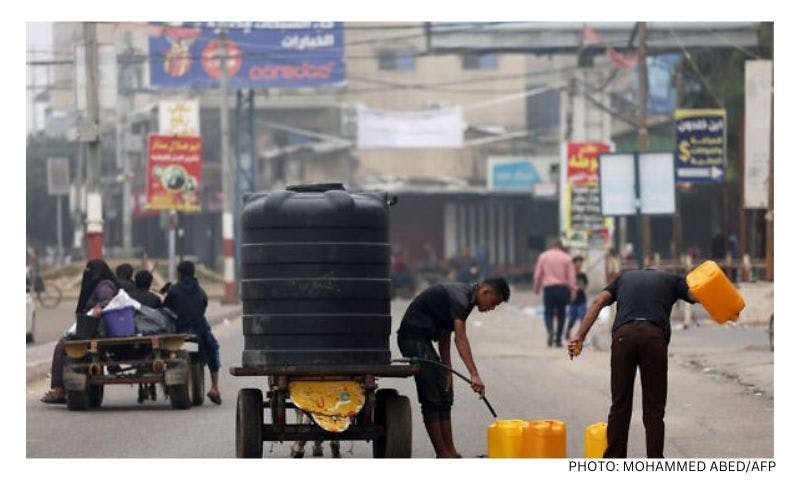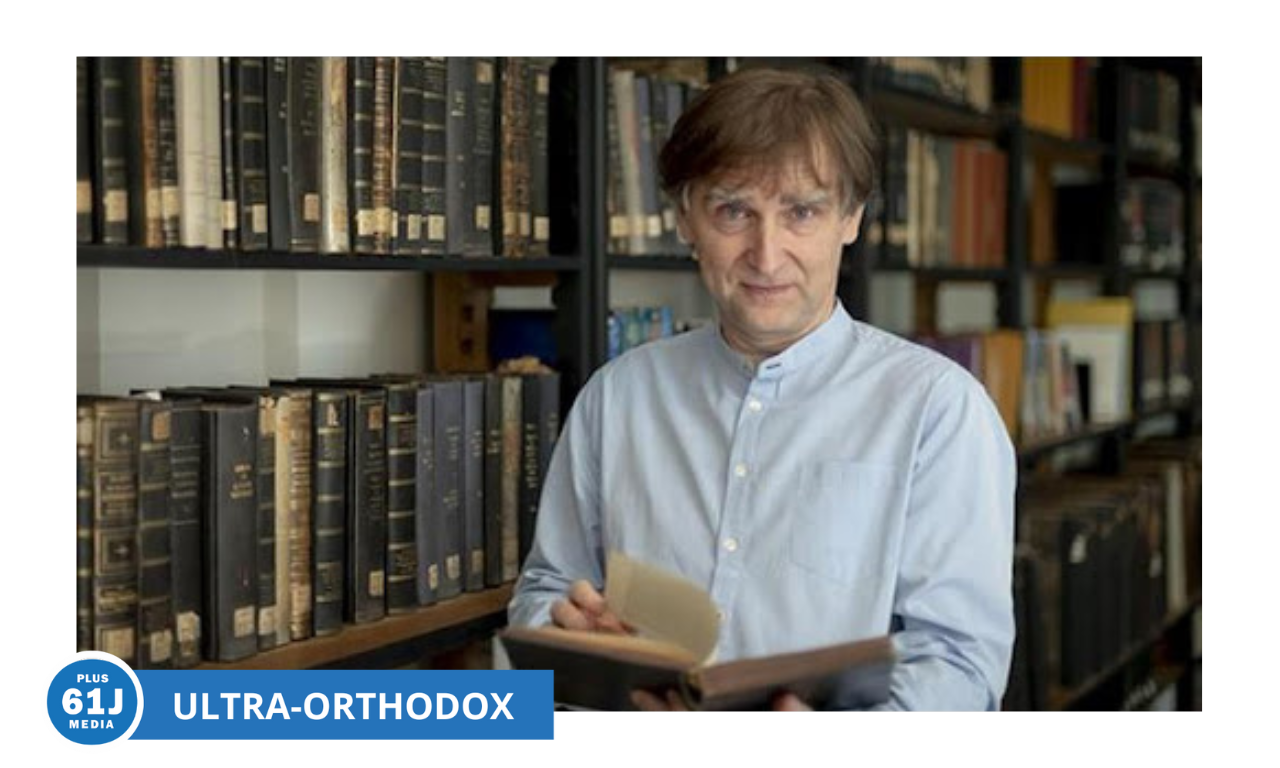Published: 9 September 2021
Last updated: 4 March 2024
SIGAL DAVIDI: Few people are aware of the important role women architects played during the British Mandate period
THE ZIONIST PROJECT is associated with massive building and impressive community development. While women played a significant role, their stories were not properly told. In my recent book I focused on these important women architects who were, literally, state builders. The first architect was Lotte Cohn, who emigrated from Berlin to Palestine in 1921 to become the first woman architect in the country.
Although women were not prevalent in the profession of architecture either in Palestine or the world in general, by the late 1930s there were 17 women architects who worked in all fields and on all scales of planning. Most of them graduates of technical universities in Germany and Vienna, these women left a distinctive mark on the planning, designing and building of the new Jewish society and the state of Israel.
From the 17 women I studied, three are highlighted here: Cohn (1893-1983), Elsa Gidoni Mandelstamm (1899-1978) and Genia Averbuch (1909-77). All three had a major effect on the assimilation of modern architecture in Palestine. All three ran successful architectural firms of their own, stood out among the architects in Palestine, and won the appreciation of the local architectural community and the public at large.
Among their notable achievements were projects initiated by Zionist women’s organisations for the welfare of women and children, laying the foundations for Israel’s socialist system based on modernistic ideas.
They planned extensively for four Zionist women’s organisations in Palestine, all founded in the 1920s: WIZO, General Council of Women Workers in Eretz Yisrael, WLI (Women’s League for Israel), and MWOA (Mizrahi Women of America).
These bodies advocated a feminine agenda of advancing women by introducing modernisation into the household. To that end, they established modalities that reflected the modernist ideology. Seeking to help women adapt to their new land and providing for their needs by creating a supportive women’s community, they set out to build autonomous modern establishments that were planned and managed by women for women.
In the 1920s, the revolution toward the professionalisation and modernisation of the domestic sphere promised to ease the load of housework. Notions of the “scientific household” were embraced enthusiastically by the Zionist women’s movements, headed by WIZO, and influenced the establishment of their goals and their activity patterns for the benefit of women in Palestine.
The women’s groups formulated a complete and indubitable belief in the contribution of rationalism in the domestic sphere to the proper development of Jewish society in Palestine in general. This belief placed the woman, who is responsible for the domestic sphere, in a significant and essential role for preserving the health of the nation and regarded her domestic work as contributing to building the nation and its strength.
The modern architecture helped structure the national identity of the new woman of Eretz Yisrael
In the new establishments, with their new and innovative planning and functionality, the scientific household was studied and modern culture was instilled into the women’s life. The modern architecture helped structure the national identity of the new woman of Eretz Yisrael and played a central role in the women’s organisations’ campaign for modernisation of the domestic sphere and the kitchen in particular.
In 1923, Cohn designed the first agricultural school for women in the village of Nahalal, which is 35km from Haifa. The project was initiated by Hanna Maisel, an agronomist, feminist and Zionist, and financed by WIZO.
After planning the first two buildings (1924; 1933), Cohn became the architect of WIZO’s Nahalal Agricultural School, designing its five buildings (1924-46). In Tel Aviv, she designed two projects for WIZO: the WIZO Kitchen, a workers’ restaurant with a training kitchen, which opened in 1931, and a Mothercraft and Child Welfare Centre in Kerem HaTeymanim (the Yemenite quarter) that opened in 1933.
The WIZO Kitchen was the first public kitchen in Palestine equipped with electrical appliances. While offering inexpensive nutritious meals to workers, it gave women an opportunity to practice using an electric stove and managing a large public kitchen.
Gidoni undertook her first project as an independent architect in 1934, winning a WIZO competition for designing the Domestic Science and Agriculture School in Tel Aviv. This competition marked the beginning of a productive cooperation between Gidoni and the women’s organisations.
During her five-year residence in Palestine before moving to the United States in 1938, Gidoni designed six buildings for institutions initiated by women’s organisations. They included the Women Pioneers’ House (Beit Hachalutzot), apartments and workshops for single new immigrant women, and the WIZO House – its headquarters, alongside a women’s club and training kitchen, both in Tel Aviv.
Averbuch won an architectural competition for designing the Women Pioneers’ House in Jerusalem in 1939. This marked the beginning of her long collaboration with five major Zionist women’s organisations.
The WIZO Kitchen was the first public kitchen in Palestine equipped with electrical appliances. It gave women an opportunity to manage a large public kitchen
From the mid-1940s through the early years of Israel’s statehood, Averbuch planned for these organisations youth villages for Holocaust refugee children.
These establishments are an expression of holistic female creation, with women initiating, financing, planning, and managing modern social establishments for women, and they represent pioneering social action by the women’s organisations and the women architects.
This expression of modernism that was affected by social changes was realised through this collaboration between professional modern women and women’s organisations that contributed to the advance of women and shaped the image of the emerging Jewish society.




